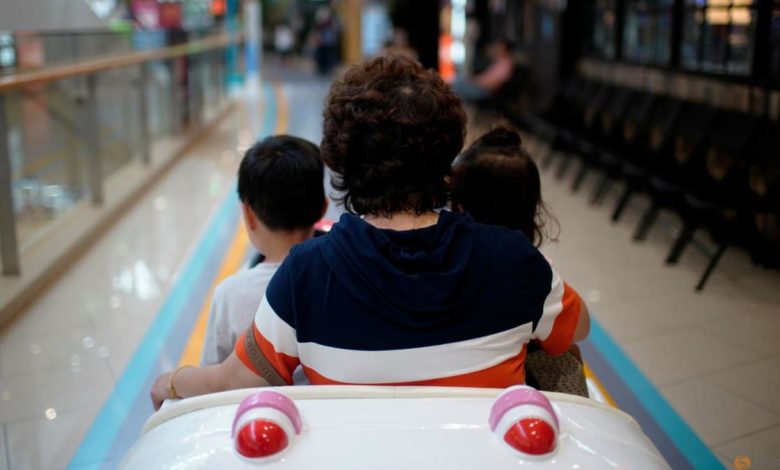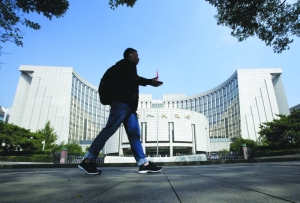China’s fresh urbanisation push may thwart ‘birth-friendly society’ goal

Couple infertility rates in China have also risen from 2 per cent in the 1980s to 18 per cent, versus around 15 per cent globally – with doctors blaming the rise on factors such as stress related to urban jobs and industrial pollution.
Fertility rates in China’s rural areas are slightly higher at 1.54 versus the national average of 1.3 in 2020, according to the latest breakdown from China’s top economic planner, while Shanghai’s fertility rate in 2023 was 0.6 versus 1.1 nationally.
Authorities are “foolishly” driving young people “to the most birth-unfriendly big cities, which will lead to a continued decline in fertility and exacerbate the ageing crisis”, said Yi Fuxian, a demographer at the University of Wisconsin-Madison.
“The suppression of fertility rates by population density is a biological law.”
This phenomenon has been most evident in East Asia. Japan, South Korea and Taiwan urbanised and industrialised at a faster pace than most other economies post-World War Two. They also have the lowest fertility rates globally.
While China’s birth rates are also very low after decades of a strict one-child policy, not all is lost.
At 65 per cent, its urbanisation rate is lower than the 80 per cent to 90 per cent rates in Japan or South Korea – and this could give it room for manoeuvre, demographers say.
Improving rural living standards by providing better public services or liberalising land rights would have a more sustainable impact on economic growth than continuing urbanisation as they could improve birth rates, they say.
“The population size is always a multiplier” in the economy, said Samir KC, professor at the Asian Demographic Research Institute at Shanghai University.





